

9A8 Understand the purpose and basic operation of an oscilloscope. Calculate the frequency and voltage of a waveform from given data.
Maths formula also most certain to be used in this section !!!
This is a very useful piece of test equipment.
A basic oscilloscope provides a means of measuring voltages AC and DC, from a few millivolts to tens of volts, and measurements of time intervals ( for AC wave waves ) from a few microseconds to seconds, SIMULTANEOUSLY!
The scope will not have an infinite range of AC frequencies it can measure and unless it is a very expensive scope then the limit is likely to be a maximum of 100MHz. It is critical when using a scope to have a purpose made Scope Probe as shown in the diagram below.
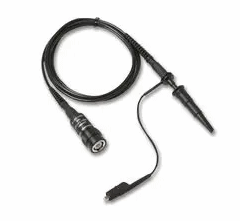
The scope probe should be rated at twice the maximum frequency range that you might wish to measure and use the Earth tail with croc clip to attach to Ground and the probe to connect with the point to be measured..
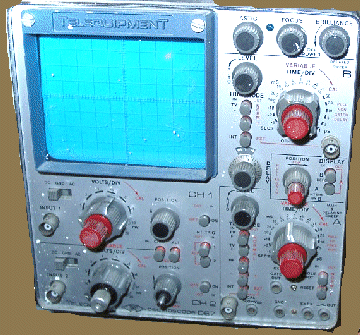
The picture shows a rather old scope by today's standards but it still works and serves it purpose even though a few of the knobs are missing!!
The information is displayed visually on a cathode ray tube ( CRT )
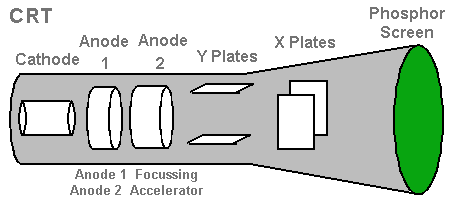
The diagram above shows the typical external and internal structure of a Cathode Ray Tube.
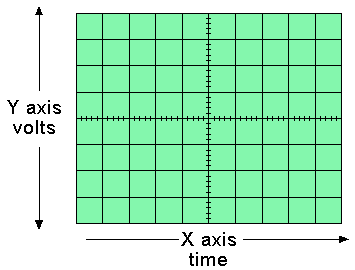
Above is shown the calibration graticule on the tube face.

So now we have a DC volt meter - if we set the Y amp switch to 1V/cm and apply +3volts to the input lead, the spot will move 3cm up the tube!
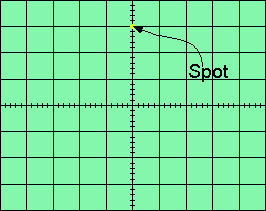
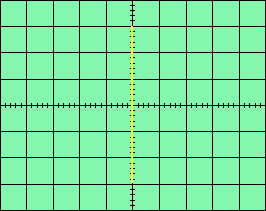
Let's say that the sine wave is at mains frequency 50Hz. Each cycle will be 1/50th of a second or 20 milliseconds.
Within the oscilloscope, a variable frequency oscillator generates a SAWTOOTH wave form like that shown below. This is applied to the Left hand horizontal deflection plate.
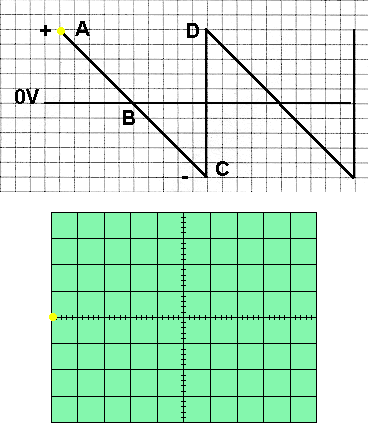
Starting at A the plate is fully positive, the spot will be on the left hand side of the tube and will move in a linear manner towards the right. When at point B the plate is at zero volts, and when fully right at point C the plate is fully negative. At this point the spot on the screen flies back (FLYBACK!) to the left hand side, point A on the tube (almost instantaneously) and the charge on the plate moves to the point D on the sawtooth diagram, and the SWEEP repeats again and again.
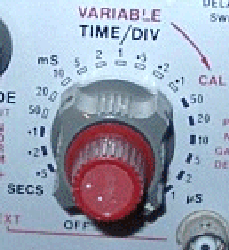
If we calibrate to move the spot so many cms per second (so many divisions per second ), often from Secs/cm (/per division) through mSesc/cm to μSec /cm (micro seconds)in steps.
Remember from the IL Course that milliSec is 1/1000 sec per cm division (0.001) and micro μsec / cm is 1/1000000 (0.000001)
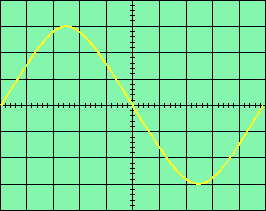
With time base of the scope set to 2 milliseconds per horizontal cm tells us that a whole cycle cycle is 10 x 2 = 20 mSec. The peak to peak voltage is still 3V AND we can see the wave form is sinusoidal.
By using the input sine wave form to trigger the start of the sweep waveform, the scope allows the sweep to be synchronized (SYNC) and the display will be steady.
A control (LEVEL) is provided to SYNC the sweep from any point on the negative or positive edge of the input waveform.
Horizontal - to centre the timebase and align with the graticule.
Vertical - to align the input waveform with the graticule and to take account of AC waveforms with a DC component, e.g ripple on a PSU output.
To do this we set the Y timing to something sensible to display the pulse width.
Set the sweep switch to "norm" - there is no trace now the sweep generator is waiting for an input pulse to start, as before we can select + or - trigger and adjust the level for a steady display.
In an earlier part of the course you learned about a sine wave and this is where you will need to apply the knowledge.
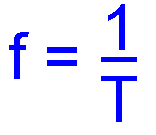
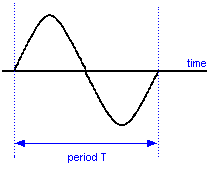
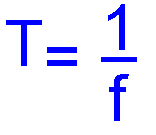
From the diagram first shown above :-

With time base of the scope set to 2 milliseconds per horizontal cm tells us that a whole cycle cycle is 10 x 2 = 20 mSec. The peak to peak voltage is still 3V AND we can see the wave form is sinusoidal.
Question - what is the frequency of the wave form ??
We know from above that f = 1 / T
We know that t = 20 mSECS = 0.020 sec
![]() f = 1 / 0.02 =50Hz
f = 1 / 0.02 =50Hz
So much for measuring AC wave forms but what about measuring a DC voltage ... Usually the Oscilloscope will have a button to change from AC to DC and to measure the DC volts you need to set the scope to DC.
Setting the scope to DC, a DC voltage will be displayed as a single line across the display.
With no volts applied the line will still appear and you can use the up / down control to place the line ( the Zero line) at a suitable place on the display. Set the volts / cm to a suitable level and then apply the volts to the probe ( making sure that you have the earth connection attached to the Ground of the item being measured.
The line across the display will then move up the screen for positive volts and down the screen it measuring negative volts with respect to Ground and thus you can now understand why you need the Ground as a reference point.
The origin of some of the text on this page is from the RSGB with additions by the web master